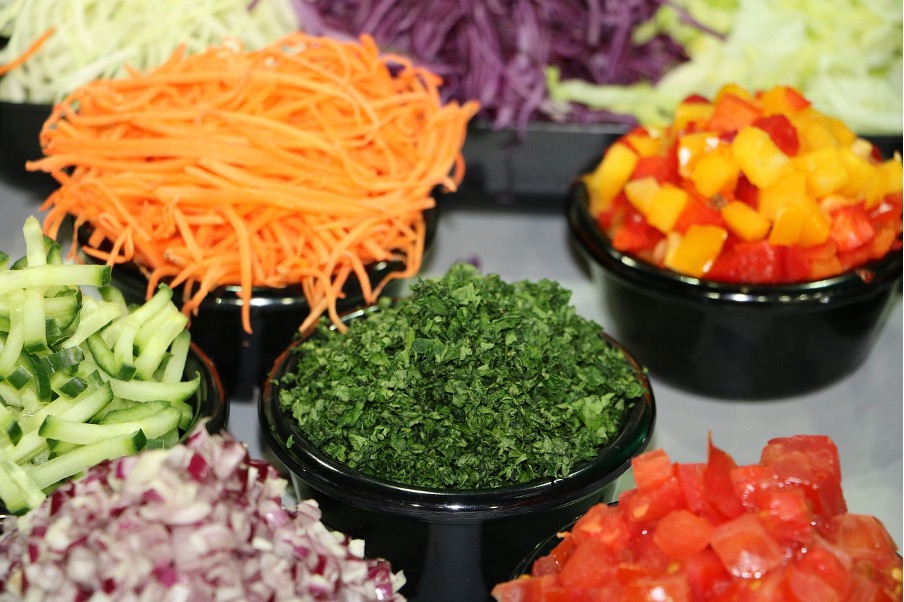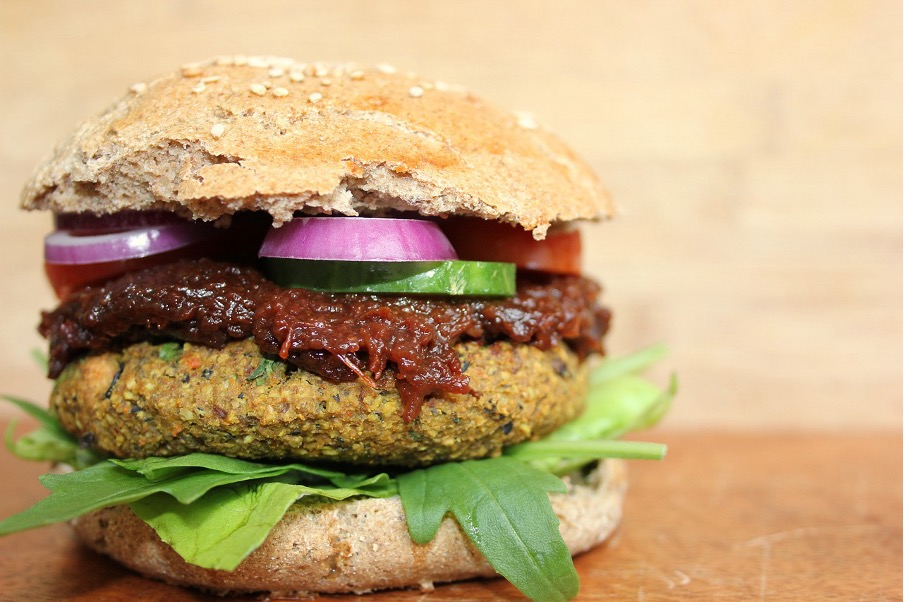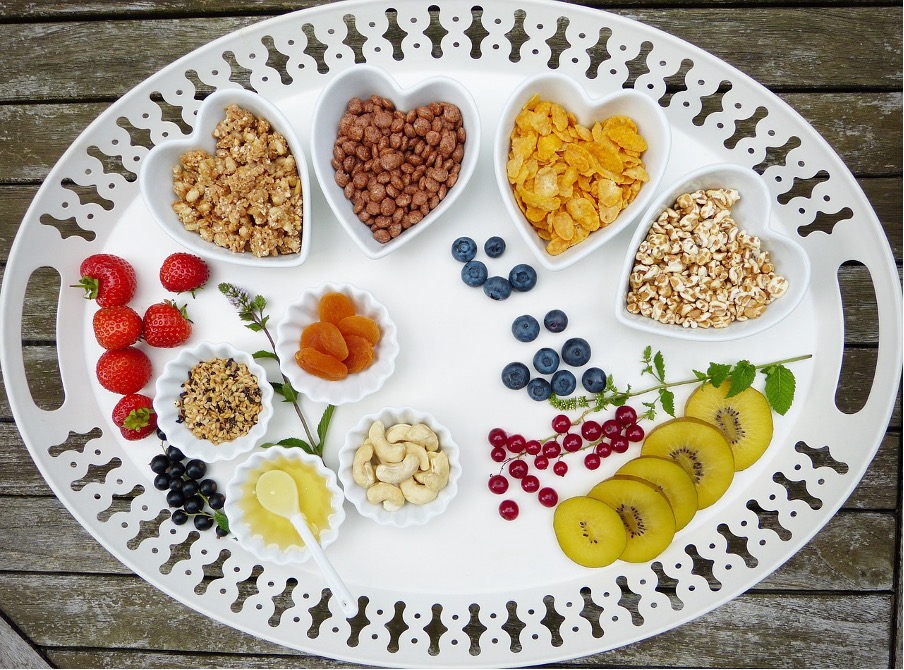Global Health & Wellness Trends For 2024

Functional foods and drinks
Functional foods are foods that provide medical or health benefits, in addition to nutritional benefits. Examples of such include fermented foods such as yoghurts and kefir, foods with omega-3 such as wild-caught fish, nuts and seeds, teas, herbs and spices and fresh fruits and vegetables.

There are multiple factors suggested for the increasing awareness and consumption of functional foods, including the COVID-19 pandemic, rising interest and awareness in utilising diet to promote wellness, and rapid advances in science and technology.
In 2024, we expect this rising trend to continue with people continuing to consume functional foods to support their health and wellness. In fact, we think this trend is here to stay for a while, as according to industry research by Grand View Research, the global functional foods market is estimated
This trend doesn’t just cover foods, we project to continue to see a huge rise in functional beverages too. Kombucha has been a dominant player in functional beverages for many years for its probiotic gut-boosting properties. This year we anticipate a surge in functional beverages fortified with immune-boosting properties. These beverages, ranging from shots to dissolvable powders, are brimming with a blend of vitamins, antioxidants, probiotics, and plant-based elements. Designed to amplify our daily intake of essential nutrients and strengthen our body’s natural defences, expect to see these multi-ingredient wellness drinks a lot. We expect to see them in shot form and packaged in miniature bottles.
Clinical evidence and regulatory scrutiny
With the increasing popularity of functional foods and drinks, regulatory agencies are subsequently monitoring health claims made by the companies selling these products. Not only this, but consumers are also expressing a desire for these products to be able to evidence their claims. This is likely why it was found that there has been a recent increase in customers reporting that a product that is backed by medical professionals would promote authenticity and consequently increase their trust in the product.

This was found to be more important to them than foods that were labelled as “clean”. As a result, companies have responded by investing in scientific research to substantiate the effectiveness of their products, with a real push on consumer education to ensure transparency and trust.
This leads to our next point…
A clean (and informative) label
In last year’s blog, we mentioned clean labels and we believe it still continues to be a trend continuing into 2024. There is no legal definition for “clean label” and subsequently, there are varying definitions of what a clean label is. It was first coined in the 1990s by the International Food Information Council (IFIC), which defined it as “a product that has a simple, clear, and understandable ingredient list”. However, over time there has been varying interpretations and deviations from this original definition of clean label. Dr Kantha Shelke describes how “clean is in the eye of the beholder” and what may be “clean label” in one sector may not be in another food sector.

Considering what we have covered already in this blog around consumers placing high importance on clinical evidence to backs up health claims, it’s never been so important to get a clean label right. Not only do customers want simple and clear ingredient lists, they want evidence the ingredients work how they’re being told they work. This tells us that strategic labelling and packaging should be prioritised by brands to strike the balance between providing simple and clear information, but in a way that promotes the efficacy of the claims behind their ingredients.
If you’re interested in learning more about clean labelling, and the brands that are being awarded for their commitment in this area, check out the Clean Label Project.
The rise of the flexitarians and hybrid products
The rise of flexitarians is a significant trend we expect to continue to shape the food and wellness market landscape in 2024. We are seeing less of consumers committing to a stricter diet, with preferences shifting to a more relaxed approach to diets and eating in a more flexible way that meet their health needs.

BENEO’s 2023 consumer survey revealed that while only 10% of polled individuals in the U.S. identify as vegans, vegetarians, or pescatarians, a much larger portion—21%—consider themselves flexitarians. Among flexitarians, nearly half already purchase plant-based dairy alternatives. This demographic represents a substantial 42% of the market, overshadowing the numbers of vegans and vegetarians, who respectively account for only 4% and 6% globally. This shift towards flexitarianism is driving growth in the plant-based food market, which is expected to reach USD $74.2 billion by 2027, with a compound annual growth rate of 11.9% from 2020. By catering to flexitarians rather than solely targeting vegans or vegetarians, companies can double their market reach.
As our understanding of the environmental effects of meat consumption and the health advantages of reducing meat intake has grown, the decision to adopt a flexitarian diet is driven by a variety of motivations beyond the traditional ethical considerations associated with strict vegetarian or vegan diets. In research conducted by IFIC, 34% of Americans said environmental sustainability is highly impactful on their food and beverage consumption decisions. Similarly, 35% said the climate friendliness of a product has an impact on their purchasing decisions.
With this in mind, it’s no surprise that we are also seeing an increase in the introduction of hybrid products as companies are tailoring to flexitarians who make up such a large portion of the market. A systematic review completed by Grasso and Goksen found results from recent consumer studies show a positive attitude towards the concept of hybrid meat products and high attitude towards and high intention to buy hybrid products (and this was true also for consumers that are highly attached to meat).
However, it is important to understand the motives behind hybrid meat product interest and use them appropriately in the marketing of these products (for example with messages on health or environment).
Less of an interest in solely calories and more interest in the nutrients and specific ingredients, people want “nutritional, whole foods”.
We have seen consumers becoming increasingly aware of the calorie content of food and drink in recent years, particularly since April 2022 when calorie labelling legislation came into place in the UK. However, we are seeing a shift where customers are becoming increasingly aware of “empty calories” and therefore are less interested in just the calorie content and more about the specific ingredients and nutrients in foods they’re consuming. This is likely to tie in to the first trend we mentioned about functional foods and how consumers are viewing their food and drink choices as a tool to support their health and wellbeing.

This trend can be attributed to changing consumer perceptions of what constitutes “healthy” foods. According to a study conducted by the International Food Information Council last year, there has been an increase in individuals selecting “a good source of whole grains” when asked to define healthy foods. Among the various options provided, a good sources of protein, natural foods, good source of nutrients, good source of fibre, and those containing fruits and vegetables ranked higher than low-calorie options in terms of what people consider to be the best indicators of healthy food.
And there you have it, our roundup of global health and wellness trends for 2024. We hope you have found this information useful and if you are a brand and/or manufacturer interested in working with us for your Middle Eastern market entry and/or development for 2024, please get in touch via the form below to set up an informal call.
Contact Form
References
[1] https://www.mintel.com/global-food-and-drink-trends-2030
[1] https://www.launchjuice.io/top-5-wellness-trends-for-2023-and-how-to-capitalize-on-them/
[1] https://foodinstitute.com/focus/ai-predicts-3-food-trends-for-2023/
[1] https://www.mintel.com/global-food-and-drink-trends-2030
[1] https://www.mintel.com/global-food-and-drink-trends-2030
[1] https://en.wikipedia.org/wiki/Regenerative_agriculture
[1] https://www.danone.com/impact/planet/regenerative-agriculture.html
[1] https://foodinstitute.com/focus/ai-predicts-3-food-trends-for-2023/
